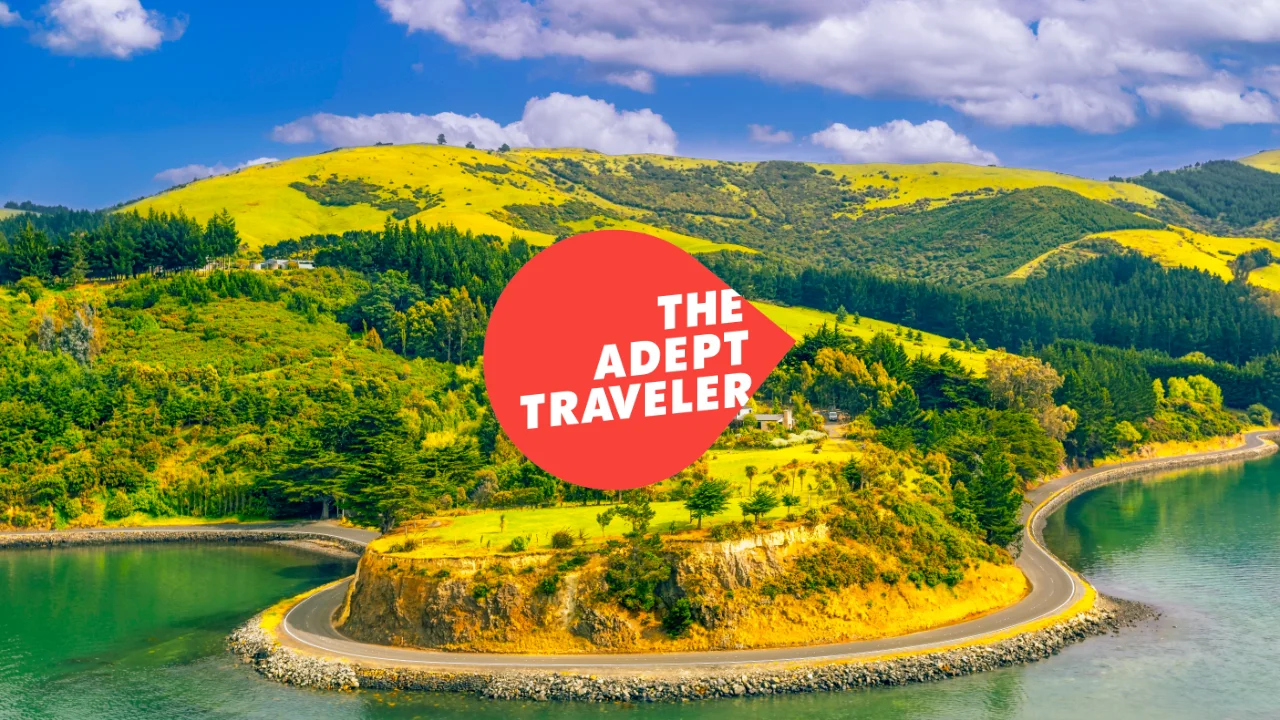Driving Down Under: A Guide for U.S. Travelers

Driving in Australia and New Zealand offers U.S. travelers an unparalleled opportunity to explore vast landscapes, from rugged coastlines to expansive outbacks and lush greenery. Both countries provide a relatively familiar driving experience for Americans, with well-maintained roads and clear signage. However, there are still several important aspects to consider regarding the International Driver's License, driving laws, and regional peculiarities.
The International Driver's License in Australia and New Zealand
For U.S. travelers planning to drive in Australia and New Zealand, holding an International Driver's License (IDP) is highly recommended, although not always mandatory if your U.S. license is in English. The IDP serves as a translation and supplement to your domestic license, facilitating interactions with car rental agencies and local authorities. It's advisable to carry both your IDP and your U.S. driver's license when driving in these countries to avoid any potential issues.
Understanding Local Driving Laws and Conditions
Australia: Australia's driving rules are similar to those in the U.S., but there are key differences. For example, it is crucial to be aware of the unique "hook turn" rule in Melbourne's central business district, which helps manage traffic flow at busy intersections. Speed limits are strictly enforced throughout Australia, and some remote areas have specific guidelines, such as reduced speed at night to avoid collisions with wildlife.
New Zealand: New Zealand also offers a driving experience that feels somewhat familiar to Americans but requires vigilance due to its winding roads and varying weather conditions. Like the U.K., New Zealand practices left-hand driving, which can be an adjustment for U.S. drivers. It's important to pay close attention to posted speed limits, especially in rural areas where sharp curves and steep roads are common.
Key Driving Tips for Safety and Comfort
- Adjust to Left-Hand Driving: Both Australia and New Zealand require driving on the left side of the road. This can take some getting used to, especially for those accustomed to driving on the right. Practice in less trafficked areas before heading onto major roads or highways.
- Watch for Local Wildlife: In Australia, be particularly cautious of wildlife crossing the roads, such as kangaroos, which are most active at dawn and dusk. In New Zealand, be mindful of sheep and other livestock that might wander onto rural roads.
- Understand Rental Agreements: When renting a car, thoroughly review the terms and conditions. Make sure you have adequate insurance coverage and understand the policies regarding road assistance and damage claims.
- Prepare for Weather Conditions: Weather can greatly influence driving conditions, particularly in New Zealand. Be prepared for sudden changes in weather, especially in mountainous areas where fog and rain can reduce visibility drastically.
Final Thoughts
Driving in Australia and New Zealand can be an incredibly rewarding way to explore these stunning countries at your own pace. With the right preparation, including securing an International Driver's License and familiarizing yourself with the local driving environment and regulations, U.S. travelers can enjoy a safe and enjoyable driving experience. Remember, consulting with a travel advisor can provide up-to-date information and insights that enhance your driving adventure Down Under. This guide is part of a series designed to help U.S. travelers navigate driving in foreign lands, ensuring a memorable and hassle-free exploration of Australia and New Zealand's spectacular roads.
